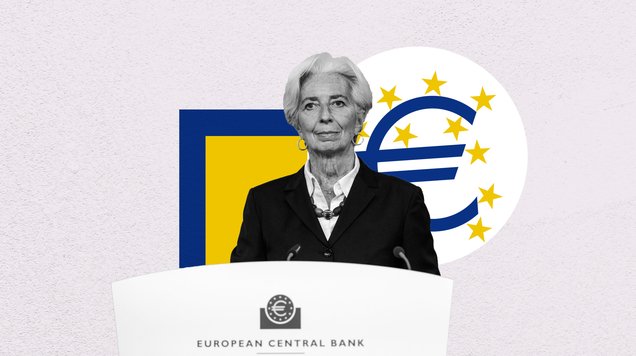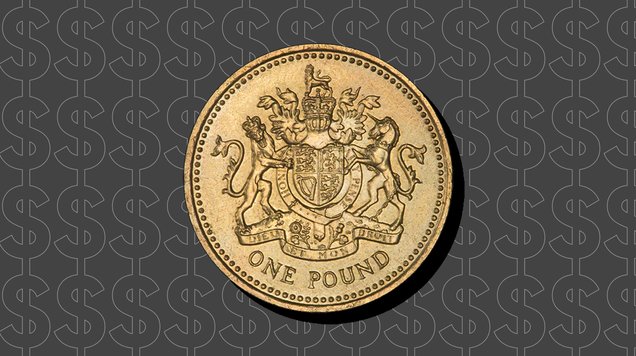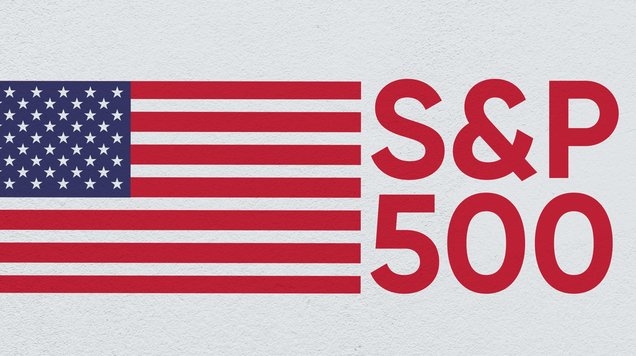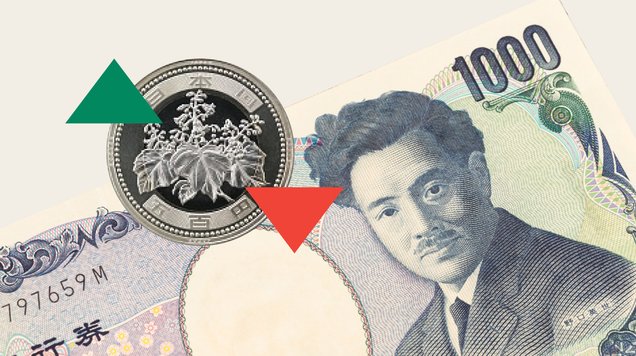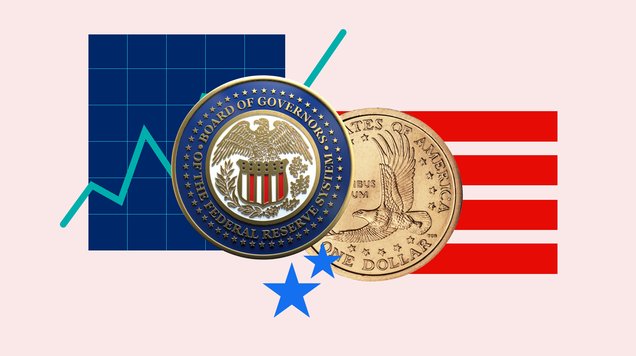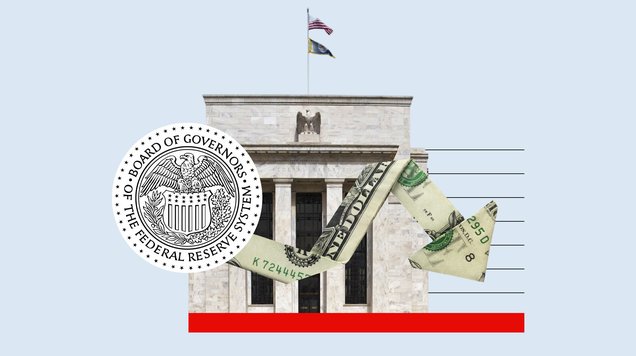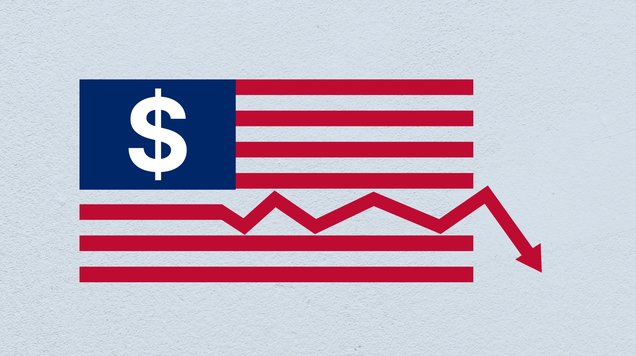Trump open to China deal amid rising global market strain
President Donald Trump’s administration is signaling a possible path toward renewed trade dialogue with Beijing after a week of escalating tariff threats and market volatility. While the White House insists it retains leverage over China, officials have begun hinting at compromise ahead of the Nov. 1 tariff deadline.
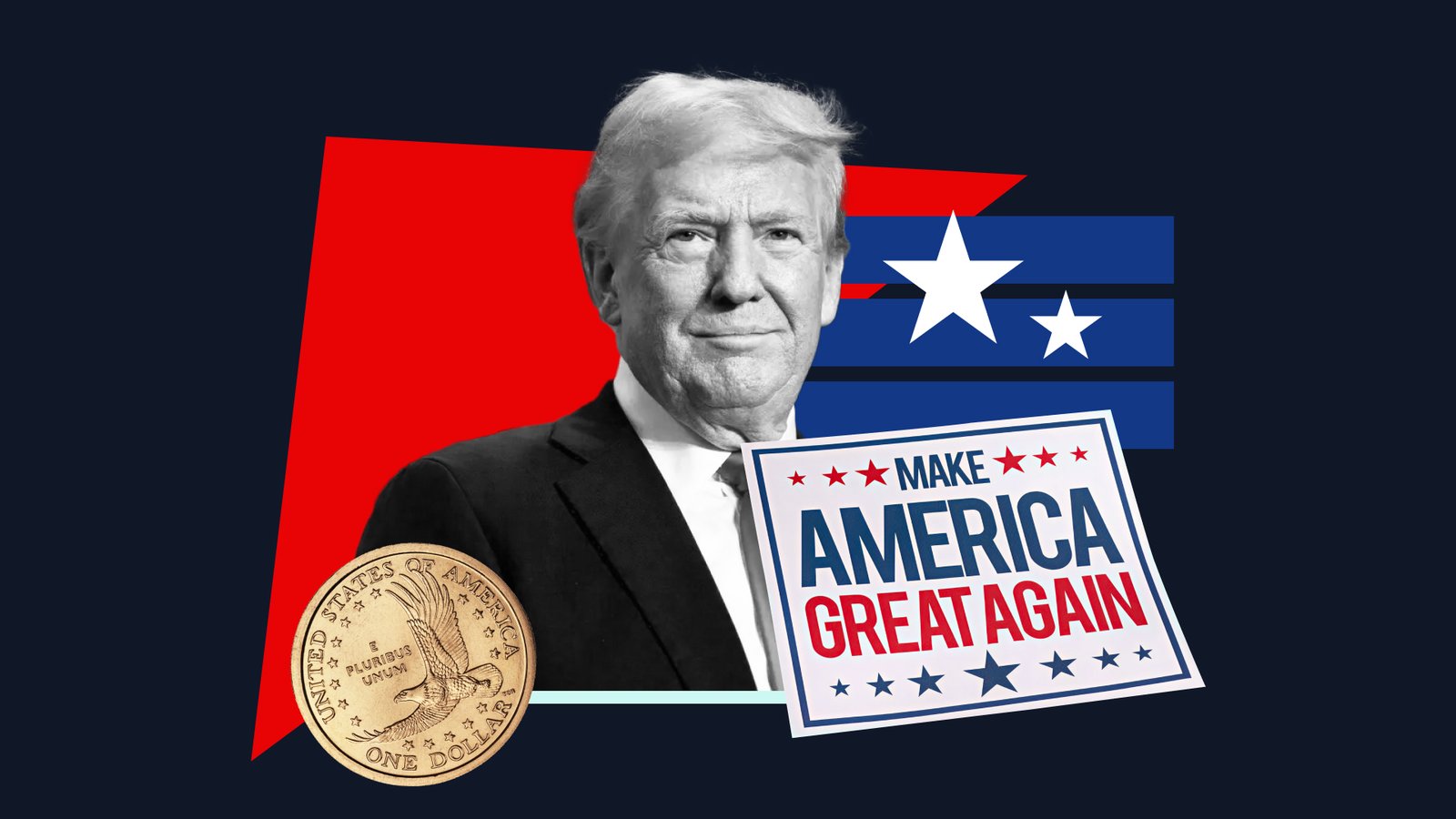
Trump hints at “helping China, not hurting it,” as U.S. futures rebound
Beijing urges Washington to stop “threatening with high tariffs.”
Markets price hopes of an extended tariff-pause beyond November
Analysts expect both sides to recalibrate before measures take effect
Cautious optimism replaces confrontation
After days of tension, the U.S. administration has adopted a more conciliatory tone. President Trump, who last week vowed to impose 100 percent tariffs on select Chinese goods and restrict software exports, suggested on social media that a resolution remains possible. “The U.S.A. wants to help China, not hurt it,” he wrote, framing the dispute as a “temporary misunderstanding” between two major partners rather than an irreversible rift.
Vice President JD Vance echoed that message, describing the standoff as an ongoing negotiation rather than a hardline break. He urged Beijing to “choose the path of reason,” while emphasizing that the U.S. maintains stronger leverage should the conflict deepen. The remarks sought to calm investors rattled by recent market swings that erased hundreds of billions in global capitalization.
Beijing’s measured response
China’s Ministry of Commerce replied with a tempered statement, urging Washington to halt its threats and resume dialogue. “Threatening with high tariffs at every turn is not the right way to get along with China,” the ministry said, reaffirming Beijing’s preference for negotiation but warning that it would “resolutely take corresponding measures” if U.S. pressure persisted.
The ministry’s tone suggested that China remains open to compromise provided the U.S. pauses further escalation. Analysts noted that the wording distinguishes between export “controls” and export “bans,” leaving room for both sides to adjust policy without losing face.
Markets steady after a turbulent week
Global risk assets stabilized after Trump’s comments, with U.S. equity futures rising in early Asia trading and the dollar easing slightly. The rebound followed a brutal Friday session when stocks, oil, and cryptocurrencies were hammered by fears of retaliatory tariffs on rare-earth materials. Treasury yields firmed as traders bet the latest statements would delay extreme policy moves and keep negotiations alive through November.
Goldman Sachs economists said the situation remains fluid but saw a “wider range of potential outcomes,” including the possibility of an indefinite pause to tariff escalation if both sides recalibrate. Bank strategists described the next three weeks as a “cooling-off window” during which diplomacy could replace confrontation.
November 1: deadline or opportunity
Trump’s newly imposed Nov. 1 timeline now serves as both a threat and a bargaining chip. While the date was initially framed as the start of sweeping new duties, administration officials have since portrayed it as an opportunity for progress. “Let’s see what happens,” Trump told reporters aboard Air Force One, calling November “an eternity away.”
That flexibility has become central to market psychology. The White House can either activate tariffs to maintain pressure or use the date to announce partial concessions. In either case, officials have signaled that no immediate measures will be implemented, a development that may help contain volatility in the short term.
Delicate balance of leverage
Washington’s narrative rests on the idea that China ultimately has more to lose from a prolonged confrontation, particularly given its reliance on U.S. technology and export demand. Yet the U.S. is also mindful that sustained trade friction could undermine its own growth outlook and unsettle financial markets heading into year-end.
Policy advisers now describe the next phase as a “delicate dance”: the U.S. maintaining leverage through tariff threats while giving Beijing an off-ramp to preserve stability. Economists at major banks believe the base-case scenario involves both sides extending the tariff pause into 2026 while negotiating a limited framework for technology and export controls.
Relief rally, lingering risk
For investors, the immediate takeaway is that a full-scale trade war remains unlikely, though volatility will persist. Each side appears intent on testing the other’s resolve without collapsing talks. Markets may continue to oscillate between relief and anxiety until concrete progress emerges.
If diplomacy holds, the fourth quarter could bring modest relief for equities and emerging-market assets. But if talks falter and tariffs proceed, the resulting shock could reverberate far beyond Washington and Beijing—reshaping global trade, inflation expectations, and investor confidence.
